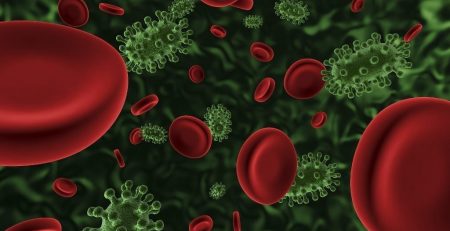New Unbreakable, Flexible Phones Coming To A Market Near You
Have your ever dropped your SMARTPHONE, or digital device and cracked the screen? Even worse, dropped it where it was at the point of no return? Well… those days are over. Researches at RMIT University have developed a new way to insulate energy with a nano-electric device that’s controlled by thin, transparent nanolayers of oxide materials. These materials are much thinner than 1/100th of a human hair. These new nano-electric devices are being used to develop things like unbreakable rubber like phones, rollable indestructible tablets and even functioning on clothing as well.
These oxide materials are brittle and their high processing temperatures – often in excess of 300 degrees celsius – have until now prevented their incorporation in flexible electronic devices. Lead author, PhD researcher Philipp Gutruf, said the new process developed at RMIT could unleash the potential of fully functional flexible electronics, while providing a new way for the materials to mesh together. “We have discovered a micro-tectonic effect, where microscale plates of oxide materials slide over each other, like geological plates, to relieve stress and retain electrical conductivity,” he said. “The novel method we have developed overcomes the challenges of incorporating oxide materials in bendable electronic devices, paving the way for bendable consumer electronics and other exciting applications.”
Supervisor and co-leader of the research group, Dr Madhu Bhaskaran, said the new approach used two popular materials – transparent conductive indium tin oxide and rubber-like silicone, which is also biocompatible. “The ability to combine any functional oxide with this biocompatible material creates the potential for biomedical devices to monitor or stimulate nerve cells and organs,” she said. “This is in addition to the immediate potential for consumer electronics applications in flexible displays, solar cells, and energy harvesters.” Mr Gutruf is supported by an Australian Government Endeavour International Postgraduate Research Scholarship. The research was supported by Australian Post-Doctoral Fellowships from the Australian Research Council to Dr Bhaskaran and Dr Sharath Sriram, co-leader of the research group.














